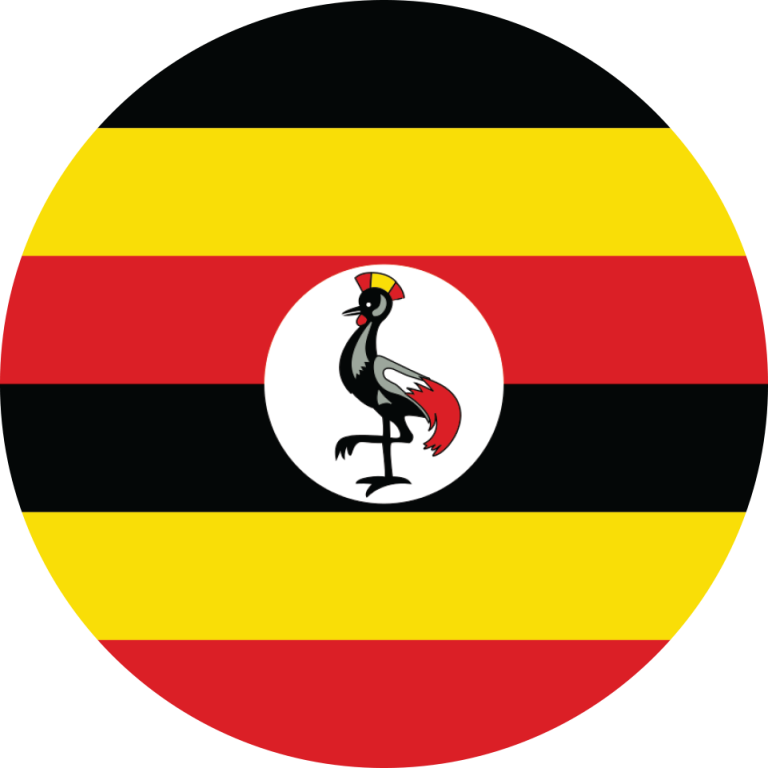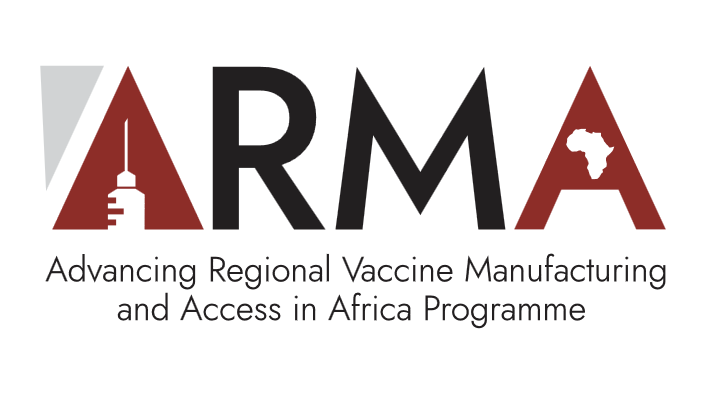Uganda
Demographics
As of November 2023, Uganda’s population is around 49 million, according to the World meter elaboration of the latest United Nations data.1 Over 50% of morbidity and death in Uganda is caused by communicable diseases, which represent the majority of the country’s disease burden. The primary causes of illness and death are malaria, HIV/AIDS, TB, and respiratory, diarrheal, epidemic-prone, and vaccine-preventable diseases (World Health Organization, 2018c).
Guidelines and Regulations
Laws
Policies
Pharmaceutical Market
National Drugs Authority (NDA) is Uganda’s national medicines regulatory authority, established under the National Drugs Act, Cap. 206, in 1993. The NDA is mandated to deal with the development and regulation of pharmacies and drugs in the country; control the importation, exportation, and sale of pharmaceuticals; control the quality of drugs; promote and control local production of essential drugs; encourage research and development of herbal medicine; and provide advice and guidance to the Minister and bodies concerned with drugs on the implementation of the National Drug Policy. The NDA has its maturity level currently at ML1, which is below the WHO minimum standards for vaccine manufacturing, implying that Uganda is not capable of producing vaccines that meet the international standards for international consumption. However, Uganda is currently part of the EAC MRH program and has ratified the AMA treaty. The Ugandan law does not have an appellate system and has no provisions on protection of information obtained in exercise of official duties as prescribed in the AU model law.
There were 12 NDA-licensed drug manufacturers in 2021. (National Drug Authority of Uganda, 2021). Only six Good Manufacturing Practices facilities and six local drug manufacturers produced NDA-registered drugs (National Drug Authority Uganda, 2021; Baldeh et al., 2023). These numbers are currently unupdated. Uganda’s 2023 OTC pharmaceutical revenue is US$221 million. Market growth is projected at 9.38% annually (CAGR 2023–2028). Vitamins & Minerals has the largest market volume in 2023 at US$83.52m. Local production relies on India and China for raw materials. The current pharmaceutical market in Uganda is characterized by a heavy reliance on imports, with approximately 90% of medicines being imported from countries such as India and China. This indicates that only 10% of the drugs are produced by local manufacturers.2
CIPLA Pharmaceuticals is one of the drug manufacturers located in Uganda and is the largest pharmaceutical manufacturer in East Africa and among the largest in Sub-Saharan Africa (SSA). It is one of the few pharmaceutical manufacturers that manufactures at the WHO cGMP level in SSA for the production of prequalified WHO medicines. At the moment, CIPLA Pharmaceuticals produces medicine to treat malaria, HIV, and hepatitis B. Furthermore, it explores the production of medicines to control non-communicable diseases like cancer (CiplaQCi, no date). By producing good-quality medicine, it improves the accessibility of medicines in Africa.
Vaccination Manufacturing Capacity
Uganda is not manufacturing human vaccines as of June 2023. Nevertheless, the government of Uganda recently collaborated with Bei Biopharma LTD to establish a pharmaceutical plant for several vaccines and biopharmaceutical products. When operational, Dei Biopharma LTD will manufacture different vital drugs for the continent, including different types of vaccines, like mRNA vaccines, and other biological medicines, like Filgrastim, Erythropoietin, and Trastuzumab (Ruto, 2023). Since Bei Biopharma LTD is not yet functional, there are currently no vaccine manufacturing sites in Uganda (Labaran and Hamma-Adama, 2021).








